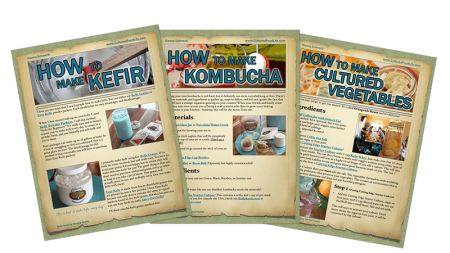
Fermenting Tip: Put a Lid on It?
Kefir
Kefir — Put A Lid On It!
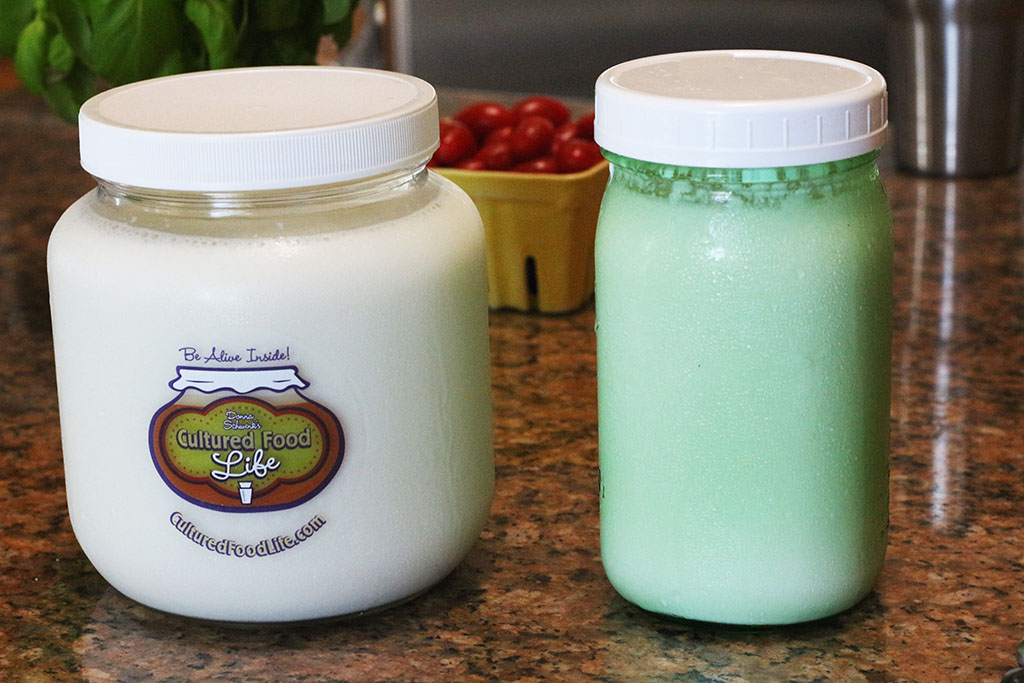 When making milk kefir, many people have been taught to use a cloth and rubber band over the jar. This is one of the most common things that cause problems. When a cloth is used to cover a vessel for kefir, there is a risk of cross-contamination with wild yeasts in the air or even from other cultures, or foods nearby. Cross-contamination can affect kefir by changing the color or taste. Sometimes there is a discoloration on top of their kefir, for instance, a pink color that is a result of fermentation and yeasts that are accumulating in the kefir culture. Cross-contamination can also cause an off-taste that is strong and yeasty tasting. Cross-contamination is not bad and will not harm you, but it is best to always use a lid so that you can eliminate these problems. The best method is to use a canning jar with a plastic lid. Using a canning jar with a metal lid, a clamp-down jar, or even tightly sealed plastic wrap over a jar are all methods that work too. I have always done this and never have a problem with my kefir – even after almost two decades of fermenting.
When making milk kefir, many people have been taught to use a cloth and rubber band over the jar. This is one of the most common things that cause problems. When a cloth is used to cover a vessel for kefir, there is a risk of cross-contamination with wild yeasts in the air or even from other cultures, or foods nearby. Cross-contamination can affect kefir by changing the color or taste. Sometimes there is a discoloration on top of their kefir, for instance, a pink color that is a result of fermentation and yeasts that are accumulating in the kefir culture. Cross-contamination can also cause an off-taste that is strong and yeasty tasting. Cross-contamination is not bad and will not harm you, but it is best to always use a lid so that you can eliminate these problems. The best method is to use a canning jar with a plastic lid. Using a canning jar with a metal lid, a clamp-down jar, or even tightly sealed plastic wrap over a jar are all methods that work too. I have always done this and never have a problem with my kefir – even after almost two decades of fermenting.
Cultured Vegetables
Cultured Vegetables — Put A Lid On It!
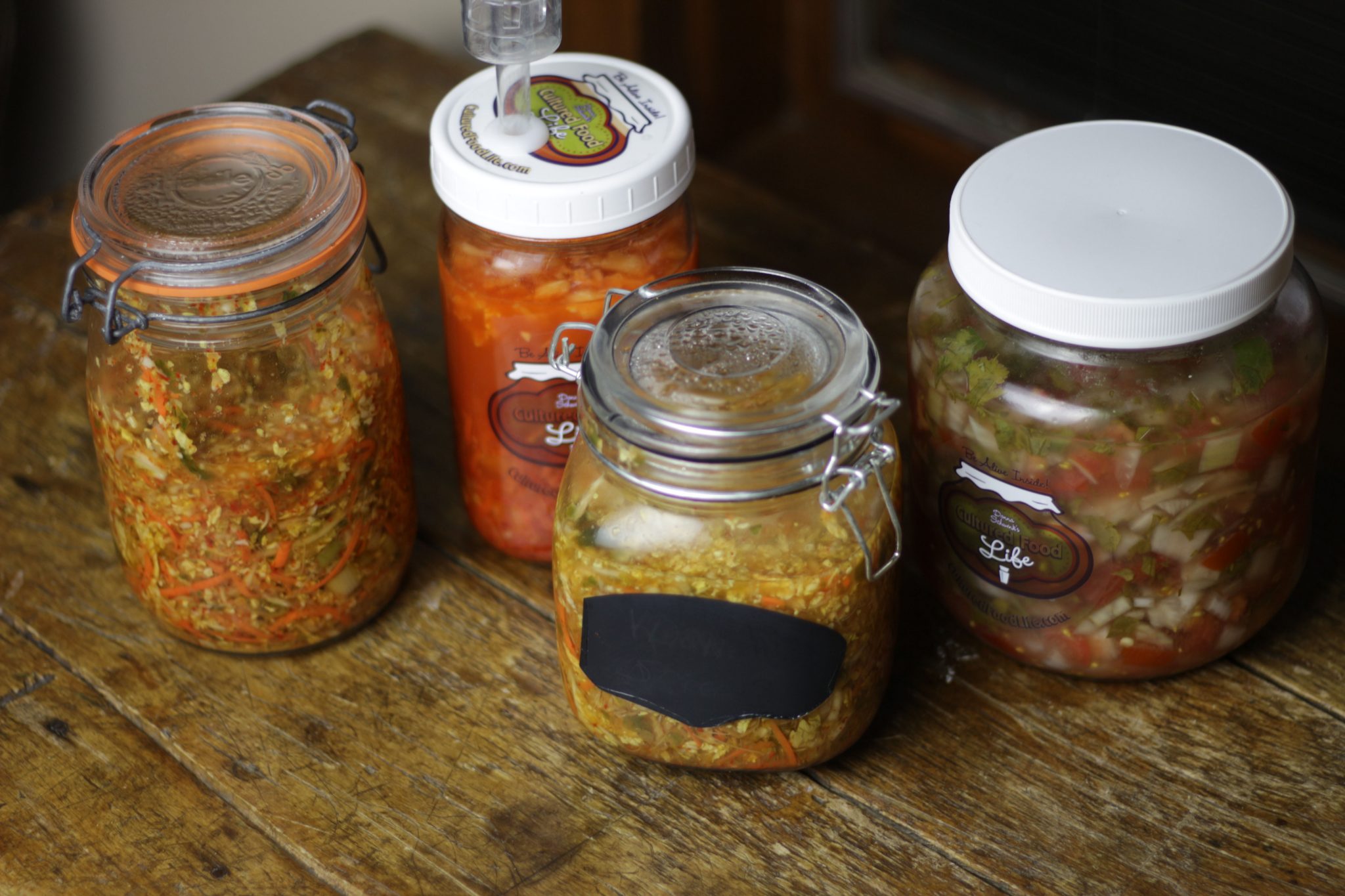
Cultured Vegetables — Made Safe
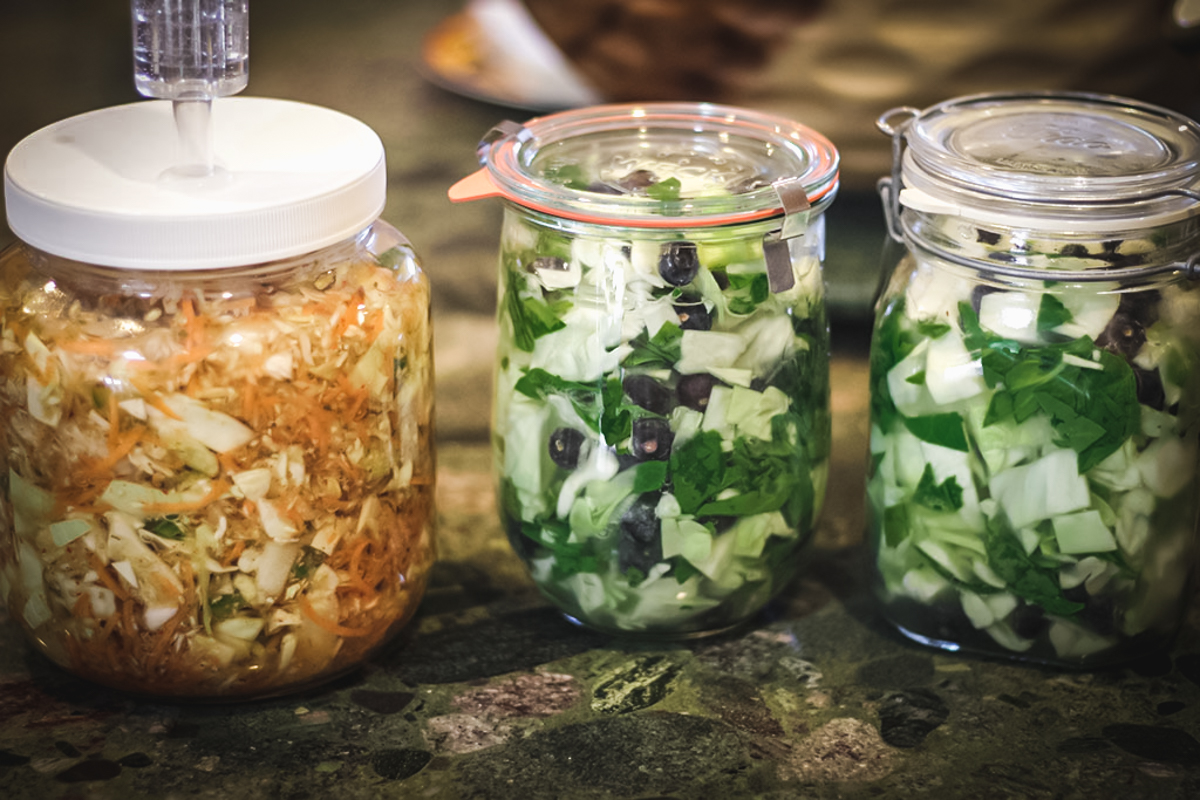
What I Use
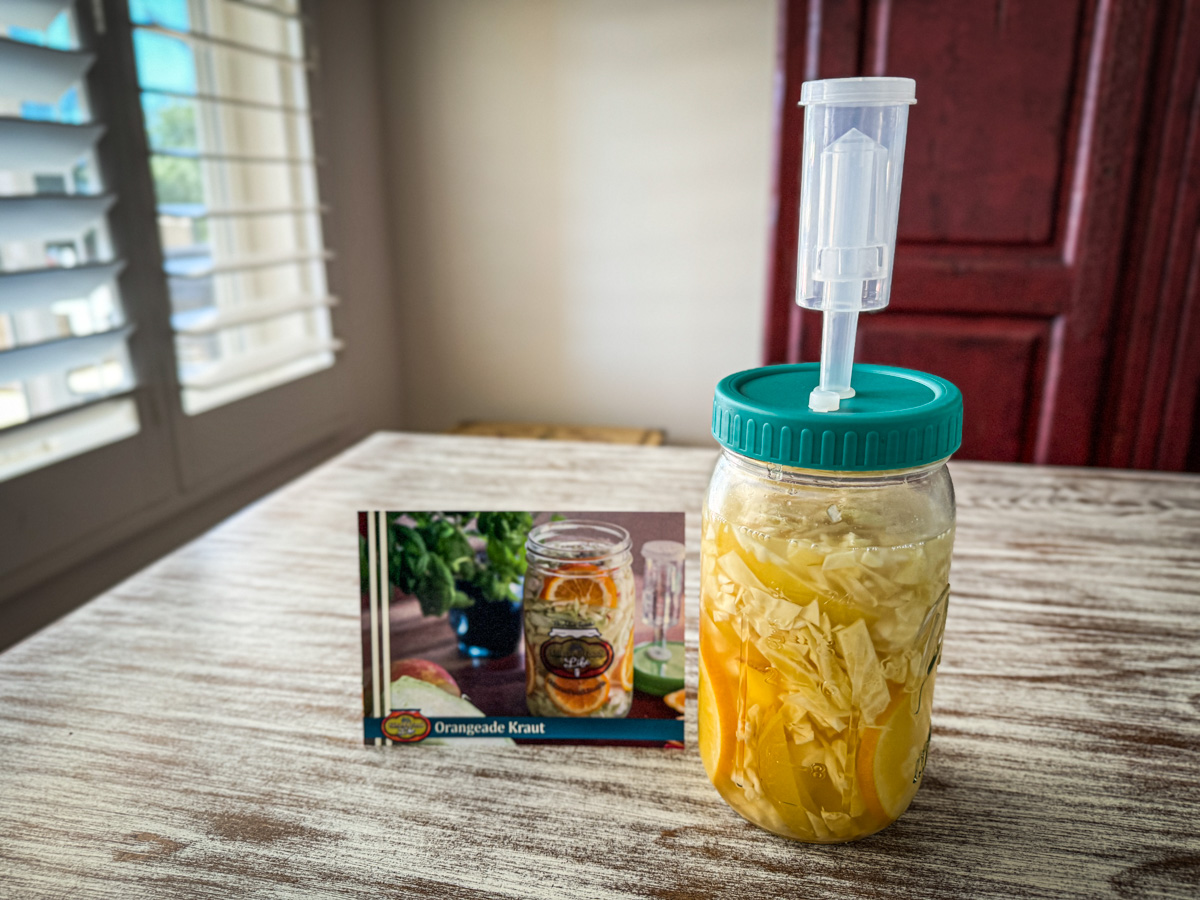
Kombucha
Kombucha — Cloth And Rubber Band
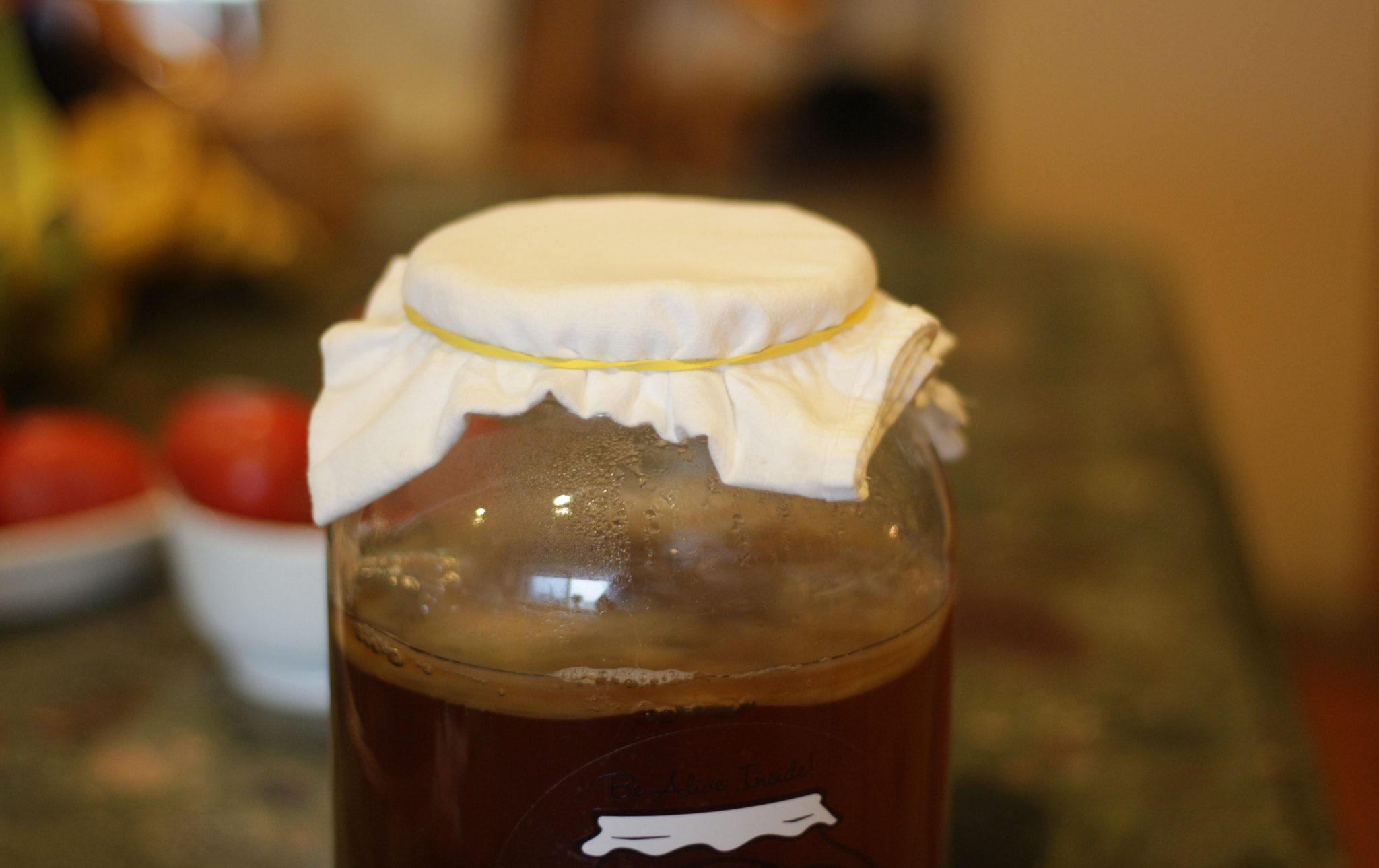
Sourdough Starter
Sourdough Starter — Secure Lid
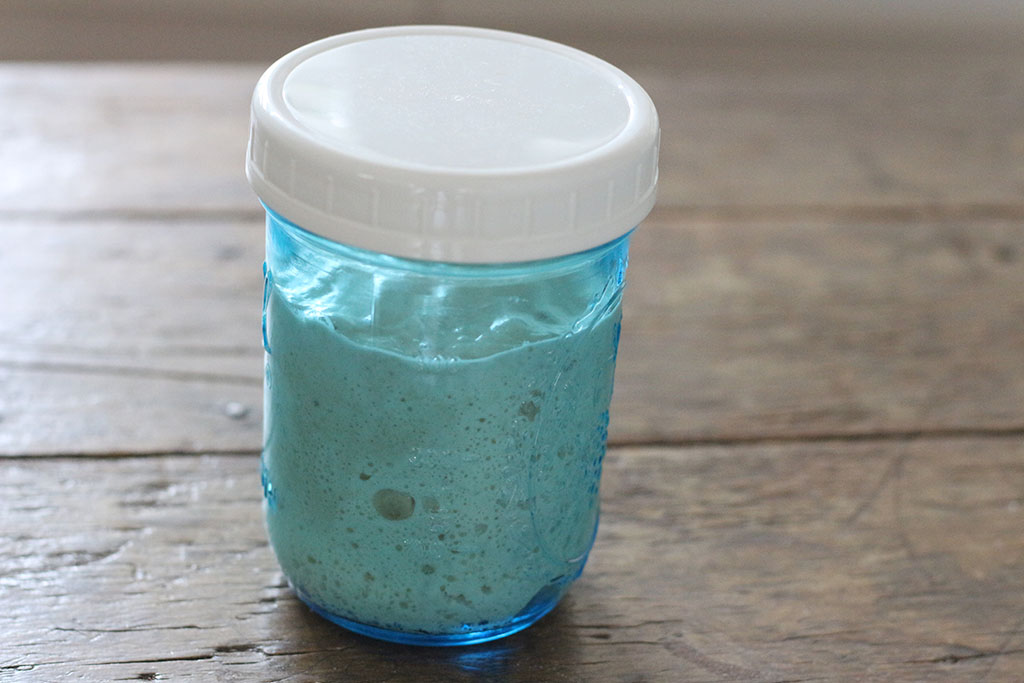
Listen To My Podcast
When you're making fermented foods, you need to know which ones are anaerobic and which ones or aerobic... meaning or which ones need lids or a cloth & rubber band. It's important to know which one to use so you can avoid problems with your ferments. Check out the podcast to learn more.
Are you on the list?
Sign up today and I'll send you my free Getting Started Guide!
Each week I'll send you updates, tips, recipes, and more! You might even be a winner of my weekly giveaway! (starter cultures, memberships, and more!)
Come be a part of my cultured food family!

